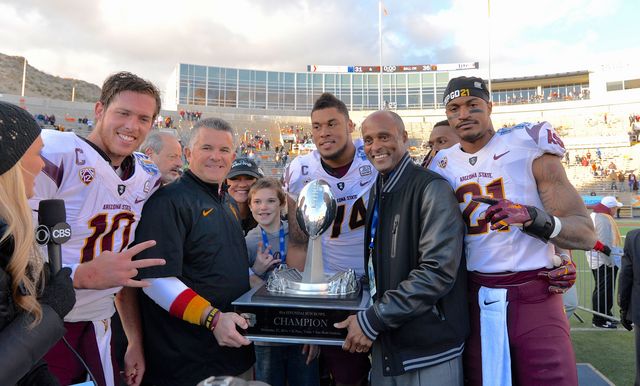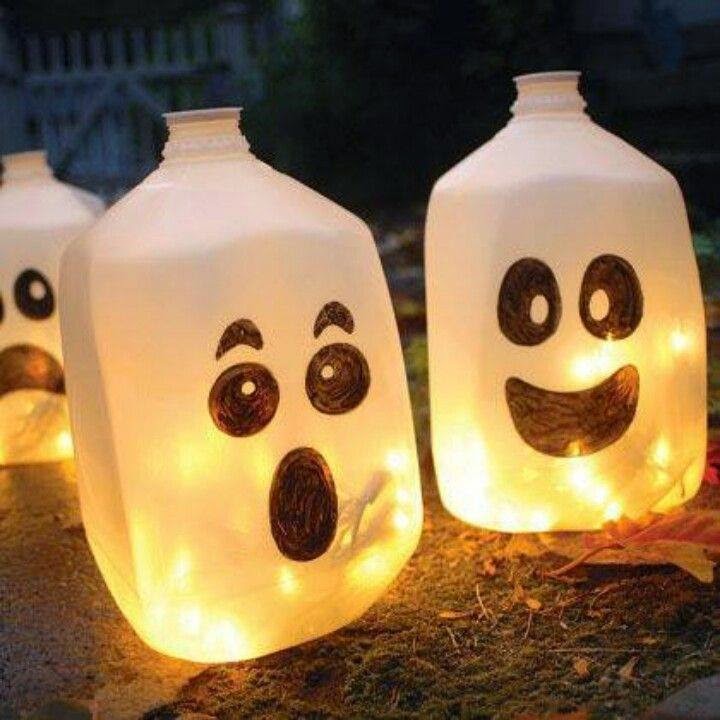
Congratulations to our Home Town ASU Team, Dr. Chhabra and Dr. Economopoulos (Team Physicians for ASU) for the Sun Bowl Win!
The 2014 Sun Bowl featured a devilish faceoff between Arizona State and Duke. Both teams fared well during the regular season, earning 9-3 records; however, a few tough games took them out of contention in their respective conferences. The Hyundai Sun Bowl marked the first meeting between the 2 teams. This was Arizona State's 278th bowl appearance and thrid under third-year head coach Graham.

Duke had the ball with under a minute remaining at the ASU 14-yard line and threw the ball to the corner of the end zone but the pass was intercepted by Brown.
The Sun Devils picked up their 10th win of the year in front of 47,809 for their second-straight Sun Bowl appearance, defeating Purdeu, 27-23, in 2004. Senior quarterback Taylor Kelly highlighted the ASU offense with 240 yards passing and 24 yards rushing for 264 of total offense. After the 81st Hyundai Sun Bowl, Kelly becomes the third player in ASU program history to tally 10,000 yards of total offense with 10,223 yards.
Congratulations!!!
#RESULTS.RECOVERY.RELIEF.
TOCA
602-277-6211































